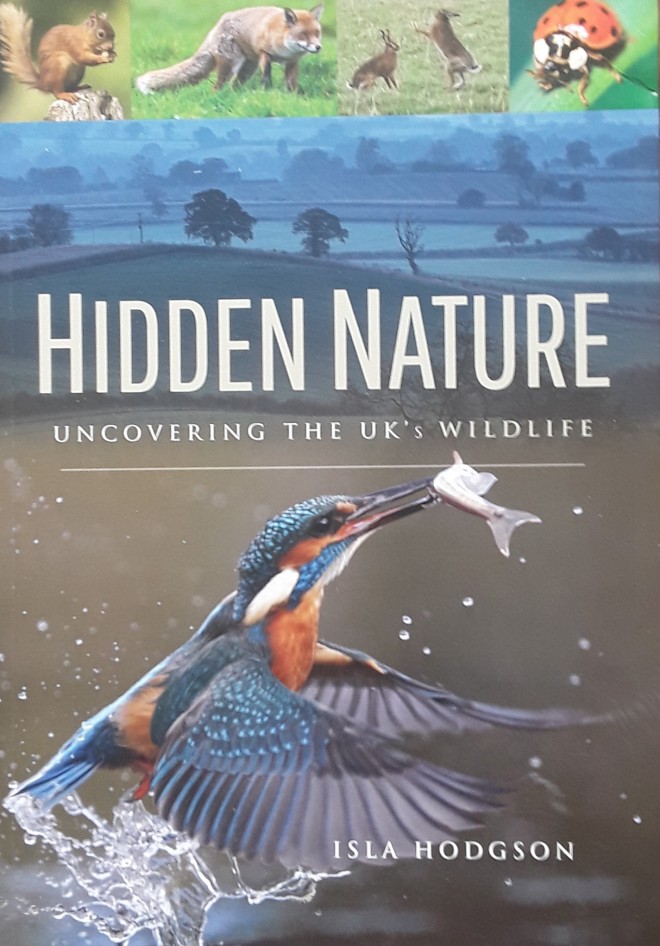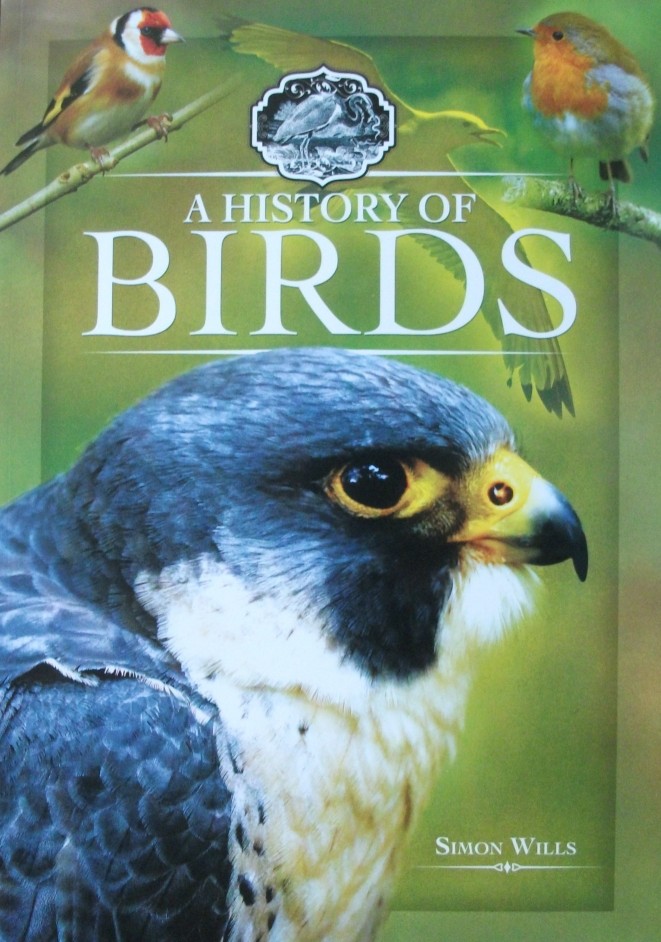
Reviewer: Michael Keith
Title: Indoor Wildlife: Revealing the Creatures Inside Your Home
Author: Gerald E. Cheshire
No. of Pages: 85
Rating Scale (1: very poor, 10: excellent): 6
___________________________
In his Introduction to this volume, the author states that it ‘…Examines the environments inside our homes that offer sanctuary and somewhere to live for many animals and a few plants [that] find our homes suitable of habitation …’ It is an excellent precis of what is to follow, but as will be seen (for this reviewer at least), draws a very long bow.
The book opens with the aforementioned Introduction. Within this, the author details the many creature-desirable environments that the average domestic dwelling has to offer. He also notes that industrial and rural locations can, in many instances, offer similar possibilities to whichever organism cares to take advantage (‘exploit’) what is on offer. The five unnumbered Sections (analogous to Chapters) that comprise the main part of the volume then follow, with each Section being devoted to s particular type of organism. Surprisingly, given the book’s title, these range from mammals to moulds, bacteria and even viruses (the ‘Very long bow’, previously alluded-to), these latter appearing under the broad classification of Flora. Regrettably, within each Section, the format and information provided follows no uniform pattern, and could at best be described as being ‘muddled’. The Section on Mammals (for example) carries no introductory subsection relating to its subject, while that of the Section titled Birds does-so, as do those on Invertebrates and Flora. This lack of uniformity is, at minimum, disconcerting. Subsections within each Section are used to describe a specific organism, but yet again, this practice is haphazard and seemingly random, the section Birds containing little more than single-sentence captioned photographs, while that of Flies (a subsection within the Invertebrates section) receives wide and detailed coverage. There are numerous, similar, examples. Regrettably, this ‘bias’, leaves the very distinct impression that the author’s primary interest (and this volume’s focus) concerns very small lifeforms of all varieties to the exclusion of almost everything else. Such text as is provided is supported in many instances by high quality colour photographs some sourced, some not, but again, this support does not extend to every section, with Simple Plants (a subsection of Flora) receiving no image, while Wood Rots (within the same section) has been the recipient of two. The existence of such images is not mentioned on the Contents page. No Index is provided, and the existence of the subsections within each larger Section is also not alluded to on the Contents page, a situation which this reviewer believes promotes unnecessary searching.
This reviewer found this volume frustrating. He expected to find a book containing detailed, image-supported descriptions of the creatures which inhabit the average domestic dwelling, and to a certain extent these criteria were met. He did not however expect to find descriptions of Environmental Viruses and Moulds , Pathogenic Moulds or Timber Rots as part of the narrative, nor a very evident bias towards ‘creepy-crawlies’, this latter to the exclusion of larger life-forms. For him, the difference in coverage between Birds and Insects was very evident, emphasised by the volume’s previously-mentioned ‘Muddled’ format. The absence of an Index and the consequent need to make numerous (and at times fruitless) searches for a specific organism did not help.
So what to make of the result?
The previous comments notwithstanding, this volume is informative and well-illustrated, with the qualification that it leans heavily towards insects and their ilk. Readers seeking information about the very small creatures, moulds and viruses that co-exist with them within in their domestic environments are likely to find this book of considerable interest and very informative. However, readers seeking similar information about the avian lifeforms they encounter around their dwellings may be disappointed; the coverage of the latter being minimal.
On a Rating Scale where 1: very poor, 10: excellent: I have given this volume a 6.
____________________________

